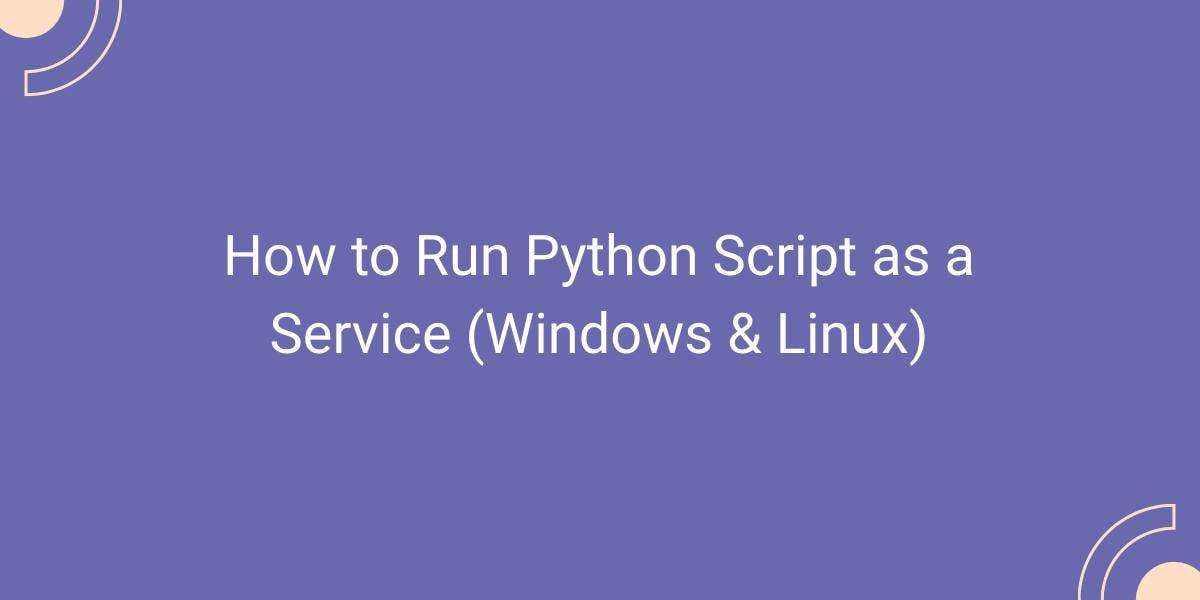Go vs Python: The Differences in 2023
Flipnode on Mar 16 2023

Undoubtedly, Python dominates the programming language landscape, with a staggering difference between its popularity and that of other languages. As per the PYPL (Popularity of Programming Language Index), Python has a share of around 28%, while Java accounts for only 17%. Despite being less prevalent, Golang (Go) is rapidly gaining popularity for various reasons.
It would be an understatement to say that the disparity between Go and Python is significant. Although both languages are easy to use and beginner-friendly, their purposes are distinct. Therefore, the primary objective of this article is to explore these differences and highlight the strengths and weaknesses of each language.
Features of both programming languages
The topic of whether Go will eventually supplant Python is frequently brought up when contrasting the two languages. Despite some similarities, they are fundamentally distinct and designed for different purposes. Go is typically utilized for microservice architecture and APIs, whereas Python is favored when prioritizing development speed and readability. Consequently, the primary differentiating factor between Go and Python is their diverse usage.
Python, what is it?
Python, a dynamically typed language that has been around since 1991, did not gain its current popularity overnight. Even in 2017, it was only the 4th most used language. However, the availability of numerous Python libraries and its unparalleled assistance in data analysis and scientific computing made it a competitive choice. So, what exactly are its offerings?
Python's creators describe it as a high-level, interpreted language that focuses on object-oriented programming. It is commonly used in various areas, including big data processing and data science. Python is also:
- Beginner-friendly, making it a useful tool despite its simplicity.
- Easily readable, even for inexperienced programmers, as it does not use semicolons or brackets.
- Extensible, allowing some Python code blocks to be written in other languages.
- Capable of running on multiple hardware platforms while using the same interface.
- A high-level language, freeing the user from the need to remember architecture.
- A primary choice for AI and machine learning applications.
- Useful for Graphical User Interface (GUI) programming, with libraries such as Tkinter and PyQt5 providing support.
- Full of helpful libraries, which can save significant time by avoiding writing every single line of code from scratch.
- Compatible with code from other languages, and vice versa.
- Open source and free, making it accessible to anyone interested in trying it out.
What is Golang?
Go, a procedural language created by Google in 2009, was specifically designed to facilitate the construction of backend services. Despite being a younger language than Python, it has gained widespread popularity. When considering whether to use Go for your projects, it's important to note the following features:
- Go is a modern language built for cloud computing, with specific technological goals in mind.
- It is optimized for microservice architecture and is considered a portable language.
- Go can compile to a single binary, eliminating the need for virtual machines and dependencies.
- It is open source and has a clear and easy-to-read syntax.
- Go is significantly faster than Python, with some benchmarks showing it to be almost 40 times faster.
- It is efficient and commonly used in container technologies, including Docker.
- Go supports concurrency through goroutines.
- Although the standard library is smaller than Python's, Go contains and supports powerful libraries.
Advantages of Python and Go
Below is a table that outlines the advantages of using Python versus Go:
Python:
- Beginner-friendly and easy to learn.
- Offers a wide range of libraries and frameworks, making it very versatile.
- Benefits from a mature community and extensive knowledge base.
- Dynamically typed and supports both object-oriented and functional programming.
- Requires less code than Go.
- Includes automated garbage collection and typing.
- Open source.
Go:
- Significantly faster than Python and comparable in performance to C++ and Java.
- Transferable coding skills for those familiar with C# or C++.
- Includes automated garbage collection and typing.
- Highly supportive of concurrency, with small memory usage for goroutines.
- Currently, in high demand among employers.
- Open source.
- Offers excellent concurrency patterns.
- Powerful profiling tools allow for easy tuning of CPU and memory utilization.
Disadvantages of Go vs Python
Rewritten: Although both programming languages have numerous benefits, it is important to consider their limitations as well:
Python:
- Slower compared to C# and C++.
- Lacks robust memory management.
- More challenging to scale compared to Go.
- Weak support for mobile application development.
Go:
- Takes more time than Python, especially when writing boilerplate code.
- Being a newer language, there is less experience and support for error-solving.
Python vs Go Performance/Speed
As previously mentioned, Go outperforms Python due to its explicit design for speed. In benchmarks, Go consistently outperforms Python and even Java, which is generally considered faster than Python. A simple program that counts to 1 billion takes less than a second in Go, while it takes Python several minutes due to its lack of natively typed variables. Python has to identify the type of variables each time, resulting in no static typing. However, this is only true for the reference implementation of Python, which is CPython. Other implementations like pypy, jython, and nuitka may not have this issue. Hence, for developers who prioritize performance, Go may be a more appealing language.
Python vs Go for Scraping
In 2021, a test was conducted to compare the performance of Go and Python in public web data scraping. The test involved scraping stock ticket prices from Yahoo, with Python using the BeautifulSoup library for parsed and structured data scraping, and Go using Goquery with goroutines for multithreading.
Two sets were tested, one with 2000 URLs on seven threads and the other with 500 URLs on five threads. The results showed that Go outperformed Python by more than twice on average.
It is evident that Go is better suited for most public web data scraping needs when performance is a priority. This comes as no surprise, as earlier in the article, it was mentioned that Go was designed with speedy performance in mind.
Python vs Go for Scalability
Scalability is a crucial consideration when choosing between Python and Golang. However, just like with speed, there is a clear winner in terms of scalability. Go was designed with scalability as a primary concern, making it the optimal choice for scaling applications.
Go's lightweight goroutines allow for seamless scaling from small to large applications without overburdening the memory.
Python vs Go for Machine Learning
Python is widely recognized as the top machine learning language due to its simplicity, effectiveness, and ability to handle large datasets that are essential for ML applications. However, one might question why to consider Golang for ML when Python is already a popular and effective language for the task.
The answer to this lies in the unique benefits that Go offers. Although both languages are easy to learn and use, Go's performance is superior, it handles concurrent programming effectively, and it compiles to a single binary, eliminating the need for dependency management during deployment. While Go does have its limitations, some of them are less relevant to ML applications. Hence, for certain ML use cases, Go can be a viable option, providing tailored benefits.
Conclusion
Although there may be a clear winner when comparing Go and Python in certain use cases, choosing between the two languages is not a straightforward decision. Both languages were developed with different strengths in mind, which is evident when considering the discussed use cases. The relevance of these strengths or weaknesses will depend entirely on the specific project requirements. However, it is clear that while Go is not expected to replace Python entirely, it has become a significant contender in the areas of speed, scalability, web scraping, and potentially machine learning.



